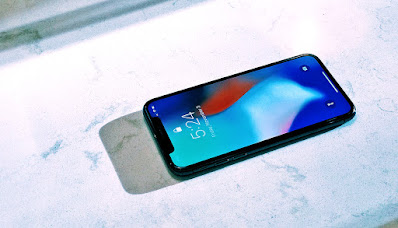SPECIAL UV LIGHTS COULD KILL CORONAVIRUS ON SURFACES
Scientists are developing ultraviolet LED lights that can decontaminate surfaces—and possibly air and water—that have come touching the SARS-CoV-2 infection.
As COVID-19 proceeds to ravage global populaces, the globe is singularly concentrated on finding ways to fight the unique coronavirus.
"One significant application remains in clinical situations—the disinfection of individual safety equipment, surface areas, floorings, within the HVAC systems, and so on.," says products doctoral scientist Christian Zollner, a products doctoral scientist at the College of California, Santa Barbara whose work centers on progressing deep ultraviolet light LED technology for cleanliness and filtration purposes. He includes that a small market currently exists for UV-C disinfection items in clinical contexts.
alasan mengapa bermain slot banyak keuntungan
As an innovation, ultraviolet light disinfection has been about for some time. Now in light of the COVID-19 pandemic, attention has relied on the power of ultraviolet light to inactivate the coronavirus that causes the illness.
While practical, large-scale effectiveness versus the spread out of the SARS-CoV-2 infection has yet to be revealed, UV light shows a great deal of promise: Seoul Semiconductor in very early April reported a "99.9% sterilization of coronavirus (COVID-19) in 30 secs" with their UV LED items. Their technology presently is being adopted for automobile use, in UV LED lights that sterilize the interior of unoccupied vehicles.
It is well worth keeping in mind that not all UV wavelengths are alike. UV-A and UV-B—the kinds we obtain a great deal of here on Planet thanks to the Sun—have important uses, but the unusual UV-C is the ultraviolet light of choice for cleansing air and sprinkle and for inactivating microorganisms. These can be produced just via manufactured processes.
"UV-C light in the 260–285 nm range most appropriate for present disinfection technologies is also hazardous to human skin, so in the meantime it's mainly used in applications where no one exists at the moment of disinfection," Zollner says. In truth, the Globe Health and wellness Company cautions versus using ultraviolet disinfection lights to sanitize hands or various other locations of the skin— also short direct exposure to UV-C light can cause sheds and eye damage.
Before the COVID-19 pandemic gained global energy, products researchers at SSLEEC were currently at the office progressing UV-C LED technology. This location of the electro-magnetic range is a fairly new frontier for solid-state lighting; UV-C light is more commonly produced via mercury vapor lights and, inning accordance with Zollner, "many technical advancements are needed for the UV LED to get to its potential in regards to effectiveness, cost, dependability, and life time."



